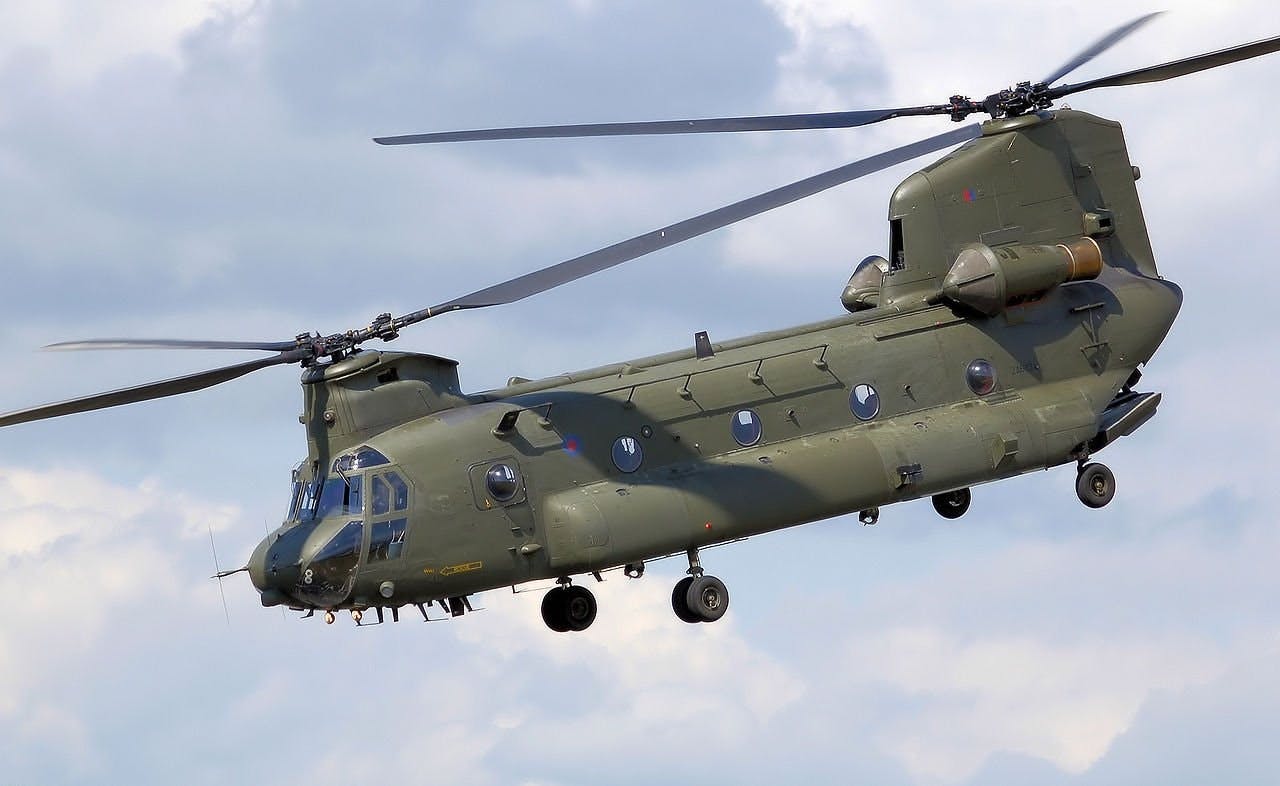In response to a Parliamentary question from John Glen, Conservative MP for Salisbury, the Ministry of Defence clarified that military helicopters will not be used for routine Prime Ministerial transport.
Glen asked the Secretary of State for Defence if the Prime Minister’s Office planned to utilise insourced Armed Forces helicopters for official travel, referencing a previous answer on the matter provided in September.
Maria Eagle, Minister of State for Defence, responded “No. Routine helicopter transport will be sourced through the Ministerial Transport Office, not from Military helicopters.”
The clarification reinforces the separation of routine ministerial travel from military resources, ensuring that operational capacity and military readiness are prioritised for defence purposes.
The use of military helicopters for non-operational duties has previously been a topic of debate concerning resource allocation and efficiency. This decision comes amid ongoing scrutiny over the use of government and military assets for official travel, as MPs continue to seek assurances about the efficient and appropriate allocation of public resources.
A previous example
Under the previous government, then Home Secretary Suella Braverman faced criticism for taking a Chinook helicopter for a 20-mile journey to the Manston immigration centre. The trip, which cost £3,500 per hour according to the UK Defence Journal, drew backlash for its perceived extravagance. Downing Street defended the decision at the time, explaining that the military aircraft was used to view operations at sea.
The visit occurred during a period of severe overcrowding at Manston, which housed 4,000 asylum seekers despite being designed for 1,600, with reports of people sleeping on cardboard due to insufficient beds.
Braverman’s journey, which would have taken 40 minutes by car, added to growing public criticism of the government’s handling of immigration centres. Earlier that day, she had visited Dover’s Western Jet Foil site, which had recently been targeted in a firebomb attack, and met with local coastguard teams before flying to Manston.
The decision to use a costly military resource for a short journey was widely questioned, highlighting frustrations over resource allocation amid mounting pressures on the immigration system.
At the UK Defence Journal, we aim to deliver accurate and timely news on defence matters. We rely on the support of readers like you to maintain our independence and high-quality journalism. Please consider making a one-off donation to help us continue our work. Click here to donate. Thank you for your support!

